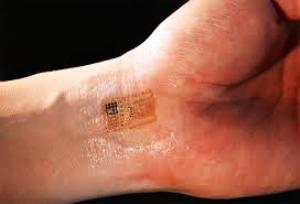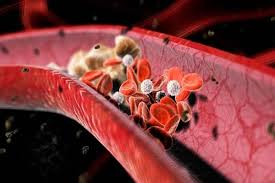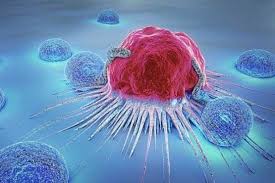Building of bio-optical nanosensors (biosensors and biological nano sensors ؛ CDSE nano sensor) based on nano-microelectronics PHD
Author and Researcher: Engineer Afshin Rashid
Note: Nanotechnology-based nanosensors have undergone tremendous transformation in medical and biological research, and the technology of making biosensors and nanomaterials production knowledge of these devices is expanding day by day. These sensors are called optical fibers in their structure (optical sensors) and are divided into two categories: chemical and biological.
In making bio sensor medical and biological nanosensors depending on whether we want to use this sensor for analyzing intracellular species, intercellular or intracellular biological fluid, sensor tip size, angle of tip cone and softness The coverage on the fiber will be different. To make this fiber as a sensor tip, we can use the devices used to stretch optical fibers. The device uses carbon dioxide lasers to heat the fiber and a means of pulling the fiber along its axis. Researchers have been able to make tips for biosensors with diameters ranging from 01 to 511 nm by varying the temperature and the amount of tensile force applied to the fiber . This technique has a high speed (about 3 seconds) and a relatively simple production process.
These types of sensors are named for their nanometer size and their use in biological environments (biosensor nanosensor). Biosensors are very small electrodes in nanometer size and cell size that are sensitive to the detection of the desired chemical or biological species in cells by immobilizing specific enzymes on their surface . These sensors are used to detect and quantify species in biological systems. This technique is a very useful method for detecting the passage of some molecules through the cell wall or membrane.
Note: The most famous example of nanosensors used in medicine is cadmium selenide (CdSe). This compound works to detect cancerous tumors using fluorescence properties.
The probe of sensors made in this way, can be inserted without damaging the cell membrane and used for biomolecular and clinical studies. In general, the complex of a biological nanosensor consists of a biological receptor molecule such as DNA or antibody that is labeled on a very thin fiber. It can be used as a probe to insert certain species into the cell
He used and used conventional amprometric methods to analyze the species inside the cell.





